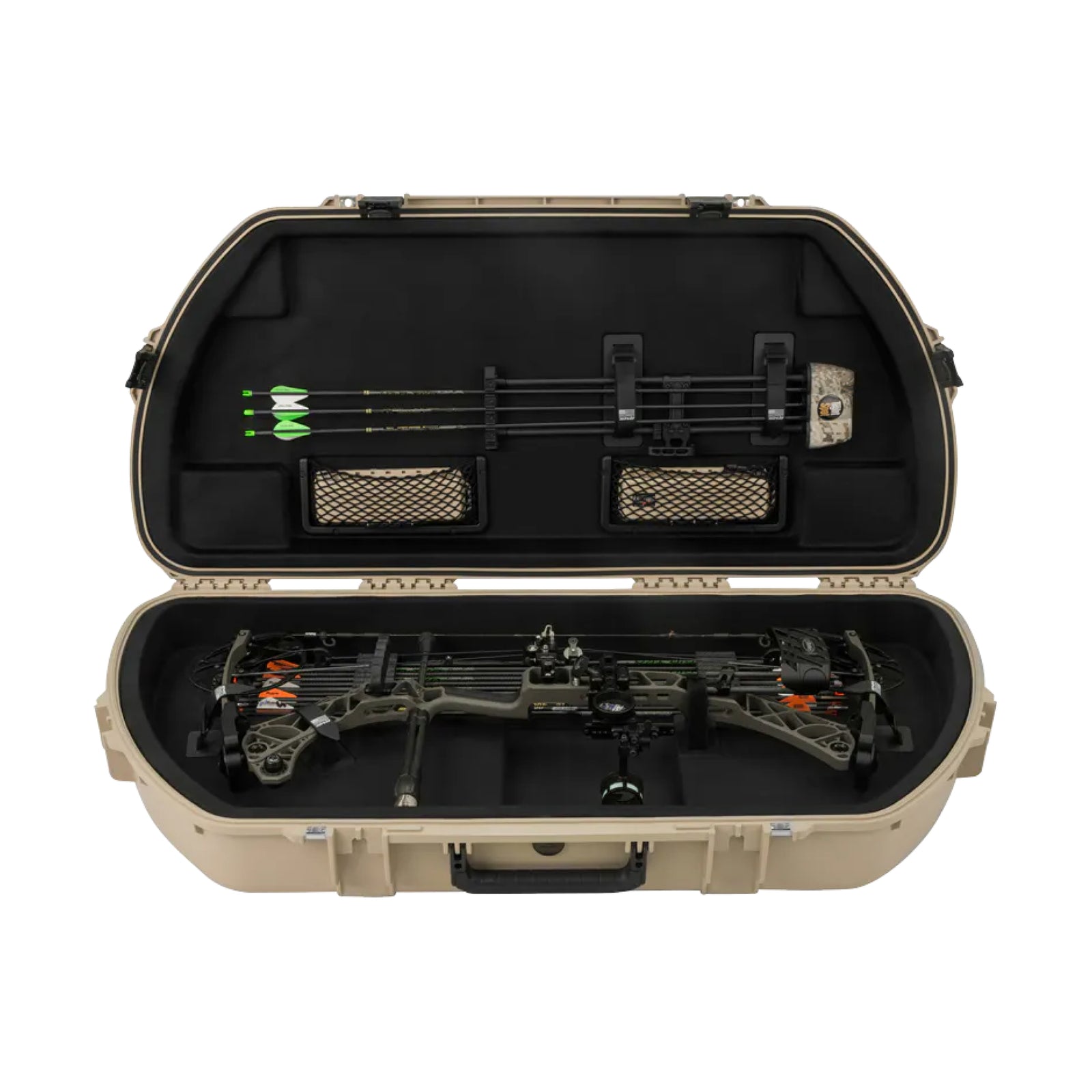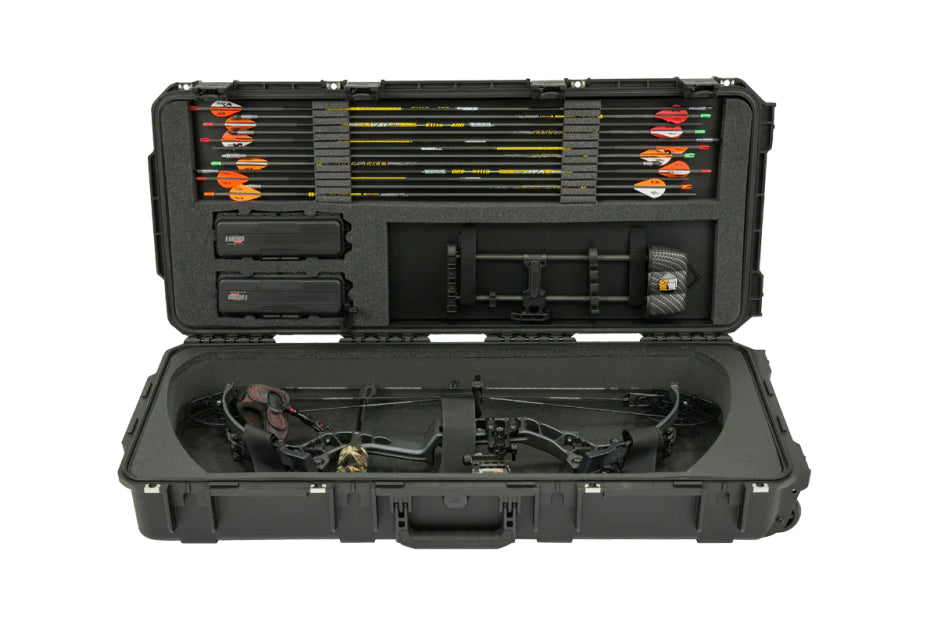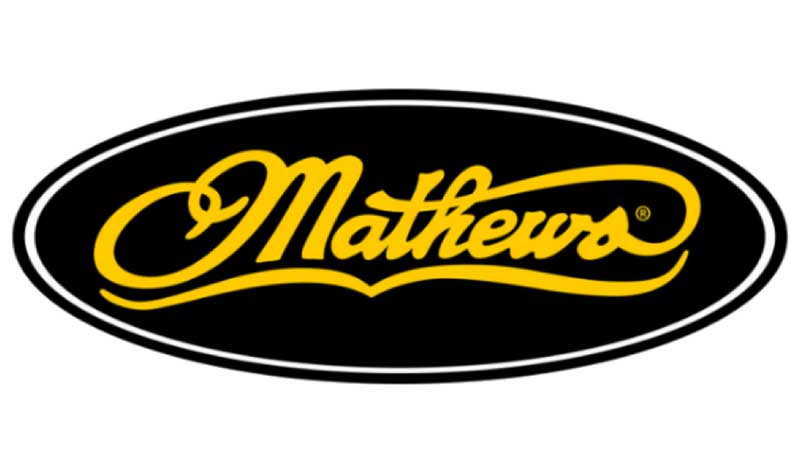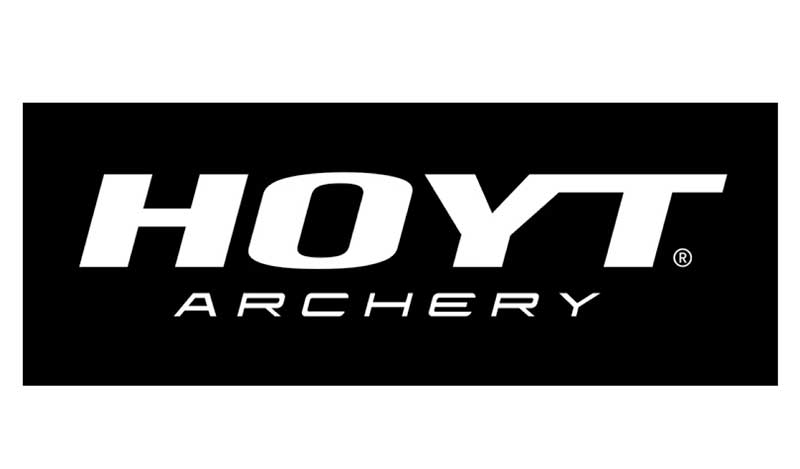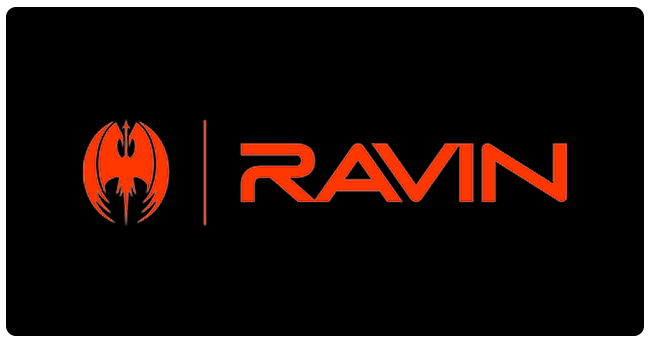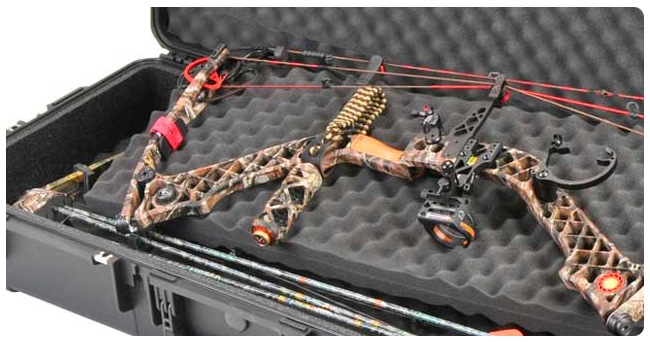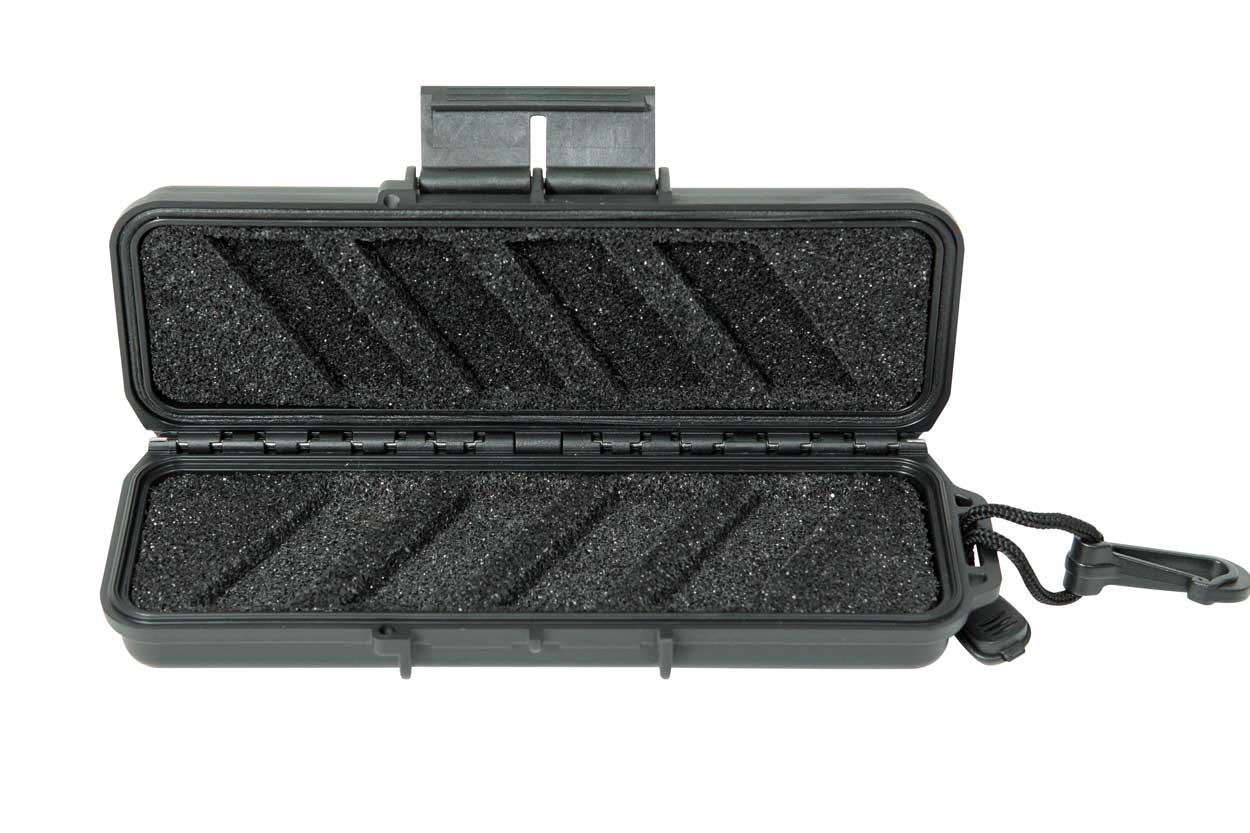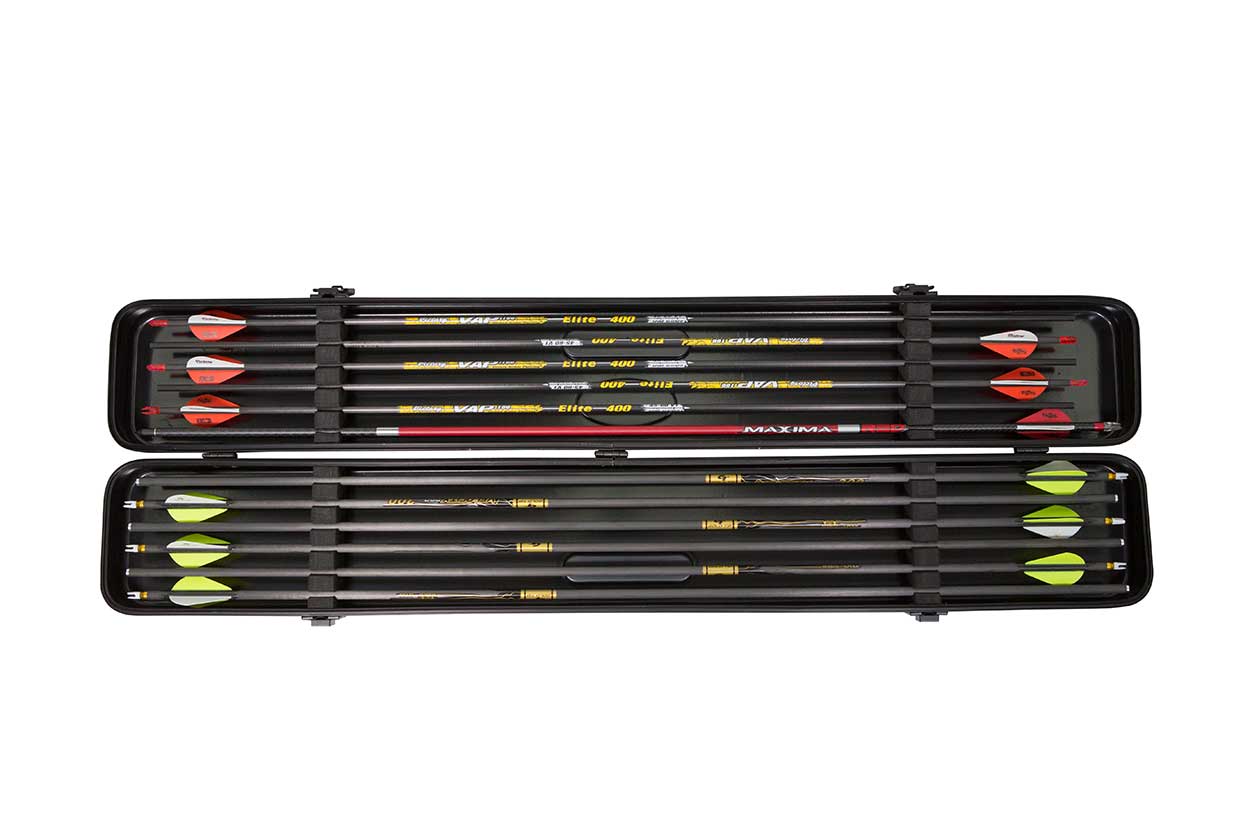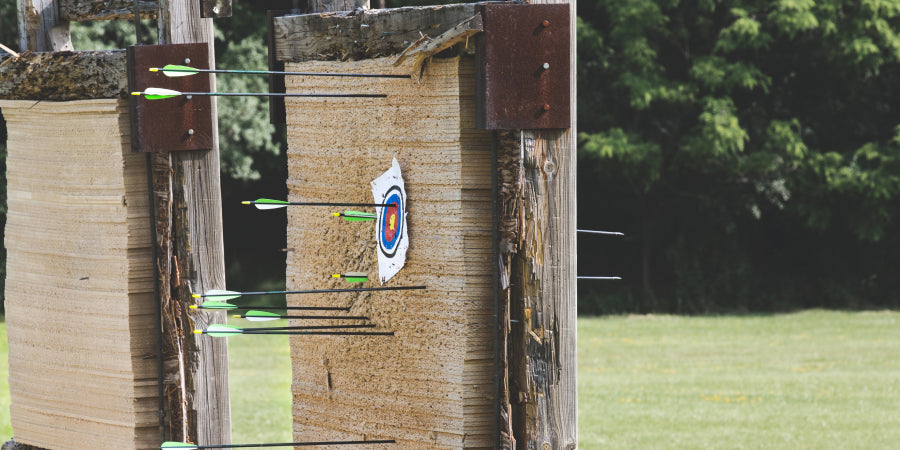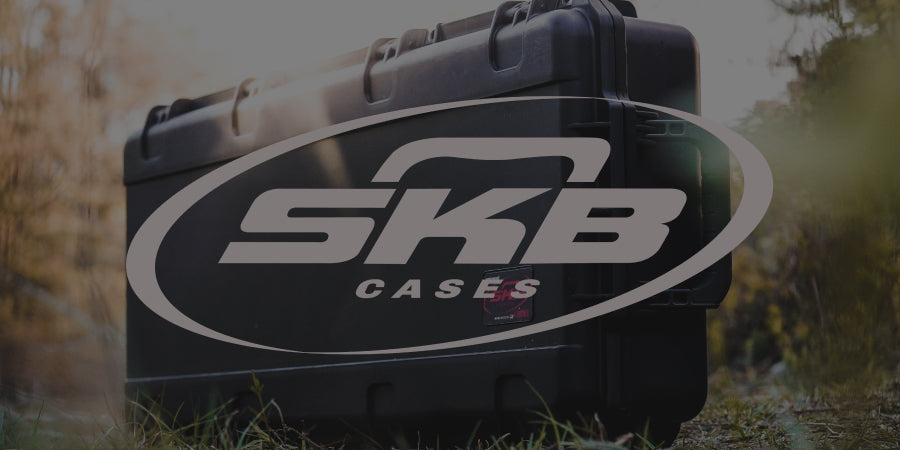When you get a new bow, you need to learn several things to set it up and use it properly. As an archer, you have to know about the bow height, draw weight, draw length, and many other factors. However, one more important factor that you would come across is the brace height, which is a measure of the distance between the deepest part of the bow grip and the bowstring.
The brace height is an important factor because it also affects your performance as an archer, and it also determines how much room for error you have when you are targeting and shooting an arrow. If you want to adjust the brace height, you can make use of a bow square. This article covers everything you need a bow square, its usage and importance.
What is a Bow Square?
A bow square is a measurement tool that is specially designed to measure the brace height, and it can be used for a number of purposes when you are setting up your bow. Also called a T-string, it features a ruler with a horizontal bar attached to it, which is used to clip or attach the bow square to the bow grip or the string. There are measurement values calibrated on both the horizontal and vertical parts of the T-string.
The bow square can be used on both compound and recurve bows, which makes it a versatile tool for both professional archers and archery enthusiasts. Bow squares are typically available in flat or rounded edges. Compound archers tend to make use of the rounded edges, whereas the recurve archers benefit from the flat edges.
Using a Bow Square
Now that you are familiar with the use of a bow square, it is also important to learn all that you can do with it. Let’s have a look at all of the ways in which you can use a bow square, whether you are a recurve or compound archer.
1. Setting the Nocking Point
In recurve bows, you have to set the nocking point, which is located on the bowstring and allows you to carefully position the arrow before you can draw the bowstring and release it to shoot the arrow. If you want to do so, you can clamp the horizontal part of the bow square to the bowstring and the other end on the arrow rest or shelf where the arrow is positioned for stability.
Once this is done, you can make use of the measurement markings to position the nocking point on your bow. It will take some trial and error, and you will have to try placing your arrow on the bow every time you set the nocking point. Once you have found the sweet spot, you can read the marking on the bow square and remember it, so that you don’t have to spend any time in setting up your bow the next time.
2. Measuring the Top Limb Tiller
The tiller measurement refers to the way you can hold the bow. If you don’t set it according to your archery preferences and requirements, then your bow will lean backwards or forwards. The tiller measurement also makes sure that both the limbs are properly aligned and move together when you shoot the arrow. Most archers consider the tiller measurement to be equal between the bowstring and the limbs, whereas other archers think one should be longer than the other. The tiller measurements can be adjusted with the help of turning the limb bolts present on your bow.
To adjust the tiller measurement for both the limbs, you can place the horizontal bar of the bow square with the bow grip, whereas the horizontal end extends towards the bowstring. While you hold the bow square in place, you can adjust the limb bolts to reach the proper measurement. After each adjustment, you can try drawing the string and releasing it to see how the limbs respond. If you have found the right measurement, you can make a note of it for the future.
3. Measuring the Brace Height
One of the most common and popular uses of a bow square is to measure the brace height, which refers to the distance between the bow grip and bowstring. This measurement is integral to the speed and accuracy of your bow, and also determines how much room you have for inaccuracy. The shorter the brace height, the more difficult it will be for the archer to shoot the arrow at the target.
The bow square is used to measure the brace height and adjust it accordingly, so that you can experience the perfect shooting performance you need to hit bullseye every time. To measure the brace height, you can place the horizontal part of the T-Square with the deepest part of the grip, which is usually the point from where the archer grips it. When you place it in this manner, the ruler part of the T-Square will coincide with your bowstring at some point, and you can check the measurement against this point in inches.
Once you have measured the brace height, you can decide if you want to increase or decrease it. Usually, you can unstring the bowstring from the bottom limb and add twists on it. This will decrease the brace height once you put the string back in place. Then, if you need to increase the brace height, you can remove the twists, or get a new and longer bowstring to replace your existing one.
Similar to these, compound archers also make use of the bow square to set the position of the D-loop on their bow. Therefore, a bow square is a handy and useful tool that you should consider buying along with your bow, so that you don’t have to worry about adjusting or tweaking your bow for the perfect performance and response. Although it is said that the archer’s skill is more integral than the gear they use, a bow square will help you get there much easier.


